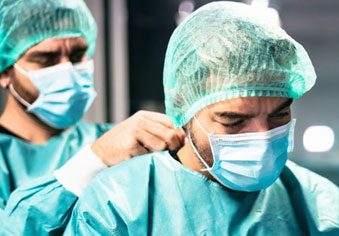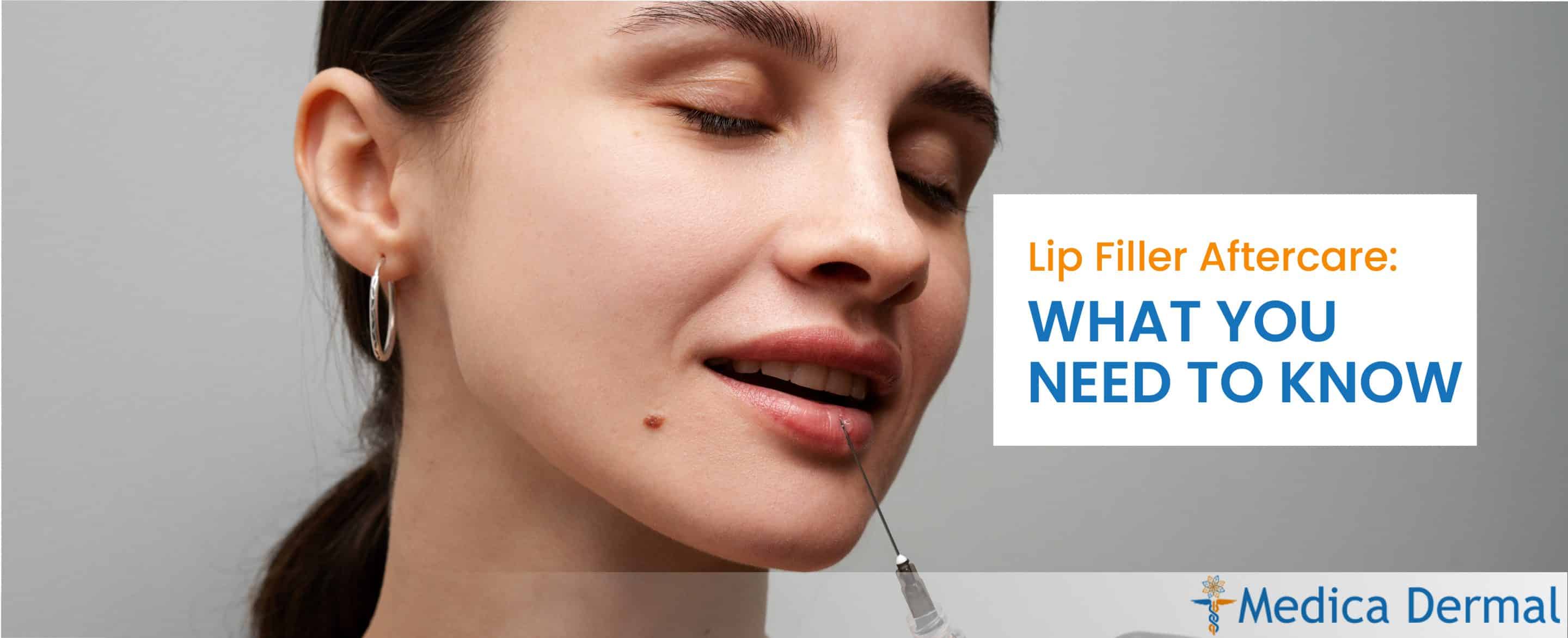
Can We Reuse Personal Protective Equipment (PPE)?
Personal protective equipment (PPE) such as:
- Gloves
- Safety glasses
- Shoes
- Earplugs or muffs
- Hard hats
- Respirators
- Masks
- Coveralls
- Vests
- And full bodysuits
Seek to minimize the exposure to hazards that can cause serious workplace injuries and illnesses.
Under the Food and Drug Administration (DA) recommendations, no PPE equipment should be reused except in particular cases like some types of elastomeric respirator masks and protective eyewear. Even if you follow the suggested decontamination methods, it may not kill all viruses.
This article will uncover the truth about why, what, and how you can reuse your PPE.
Should PPE be reused?
PPE should not be reused unless otherwise specified by the manufacturer.
Pros of reusing PPE
- It’s better than nothing. If you are Healthcare Personnel (HCP) you will be safer compared to not using any PPE at all. But take into account: 1) If the PPE you are using is visibly damaged or contaminated PPE, it won’t protect you at all 2) you need to use proper remove and disposal protocols of contaminated PPE.
- Reduces environmental impact. Studies done in the UK show that the environmental impact of PPE is large and could be reduced through domestic manufacture, rationalizing glove use, using reusables where possible, and optimizing waste management.
Cons of reusing PPE
- Sanitation may not kill all viruses. Most of the sanitization methods only kill RNA viruses. Infectious bacteria are not affected. This means that it is still not 100% safe to be used again.
- Reused PPE can cause allergic reactions. Many people can present rashes on their skin due to allergic reactions to the cleaning products used to sanitize the PPE elements.
Can you wash disposable PPE?
You cannot wash disposable PPE because of its construction material. Cleaning it may change its barrier capabilities, reducing or eliminating its effectiveness. This makes disposable PPE usable by one person a single time.
We recommend always checking the manufacturer indications, but in most cases, by washing a disposable PPE, you are changing its protective layer, causing a deformation of the mask and a less effective fitting.
What about the PPE that is not disposable? Let’s see.
What PPE can be reused and how?
Regulators advise against a second use of PPE unless it is made for reuse. In general, if PPE is in good shape, it can be carefully sanitized by following the manufacturer’s recommendations after the first use.
The University of Nebraska has a compilation of PPE protocols available to healthcare personnel (HCP) that goes in-depth about this.
Below you can find some details about what PPE elements can be reused and how:
The N95 Filtering Facepiece Respirator (FFR)
Thanks to rigorous research, we know several methods that work to sterilize N95 masks.
However, as N95 masks work using electrostatically-charged polypropylene fibers, sterilization techniques cannot use liquids nor high temperature, which would destroy the electrostatic charge of the threads.
In the following chart, we resumed some methods on how to sterilize an N-95 mask before you can reuse it:
| Method | Source | Mechanism | Recipe | Downside |
| Heat + Time | N95 Re-Use Instructions – SAGES | SARS-CoV-2, the virus that causes the disease COVID-19, is fragile and cannot survive 65ºC (149ºF) for 30 minutes. | Bake the mask at 160º–180ºF for 30 minutes. | It only kills RNA viruses. Infectious bacteria are not affected. |
| Time | N95 Re-Use Instructions – SAGES | The virus will die eventually with time. On plastic surfaces such as polypropylene fibers, the virus takes 3–4 days to die. | Put the mask somewhere at room temperature for at least 5 days. | Only kills RNA viruses. Infectious bacteria are not affected. |
| Hydrogen Peroxide Vaporization | Duke University Protocol | Just as humidity is water vapor in the air, this uses hydrogen peroxide vapor at 500ppm for a few hours, which is a powerful oxidant that rapidly kills all life. | Put the mask in a room with a hydrogen peroxide vaporizer (a special machine used in many facilities for disinfection of entire rooms), and follow the Duke University Protocol. | You need this big machine and H2O2 ppm monitors to do this properly. Additionally, the H2O2 degrades the plastic, but the researchers have proven their protocol keeps performance (fit + filtration) intact for up to 50 reuse cycles. |
| UV treatment | University of Nebraska Medical Center | Proper UV treatment of N95 masks requires specific dosing protocols and full surface area illumination to ensure proper inactivation of viral particles with minimal mask degradation. | Ensure accurate UV dose on all surfaces of N95. Measure dose at N95 surface with UV-C specific sensor. | Due to the precision required, home UV light use is not recommended. |
Protective eyewear
Facial (mask and eye) protection is PPE worn to protect your mouth, nose and eyes during activities likely to cause splashes or contact with droplets and prevent exposure to blood or other bodily fluids.
Protective eyewear can be re-used unless it is designed for one use (this information is in the package of the product).
If you are using a Face Shield, discard it if the foam is damaged or visibly soiled, otherwise clean it and disinfect it between uses, keep it covered, e.g., in a clean bag, when not in use.
If you are using safety glasses, clean and disinfect them between uses and keep them clean for next uses. You can store them in a clean container, bin or, sealable bag.
Conclusion
As we’ve covered, PPE can be reused in some cases however, it shouldn’t be reused if there are enough supplies.
Disposable PPE material is not heat sensitive and exposing it to the sanitization process could affect the effectiveness to protect you from hazards.
If you need to reuse PPE because of shortage, there are proven methods run by prestigious organizations that allow you to sanitize the PPE to keep you safe.
For a complete selection of Personal protective equipment, check our site.
Sources:
https://www.osha.gov/personal-protective-equipment
https://www.cdc.gov/niosh/topics/hcwcontrols/recommendedguidanceextuse.html
https://www.registerednursing.org/articles/how-reuse-ppe/
https://www.sheriffs.org/sites/default/files/COVID_PPE_Reuse.pdf
https://med.stanford.edu/content/dam/sm/covid19/documents/PPE-Use-and-Reuse-Guidelines-3_29_20.pdf
https://www.sages.org/n-95-re-use-instructions/
https://www.n95decon.org/publications#uvc
Are PPE kits meant for single use?
https://www.mohfw.gov.in/pdf/GuidelinesonrationaluseofPersonalProtectiveEquipment.pdf










